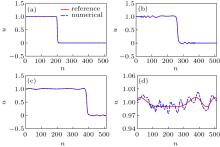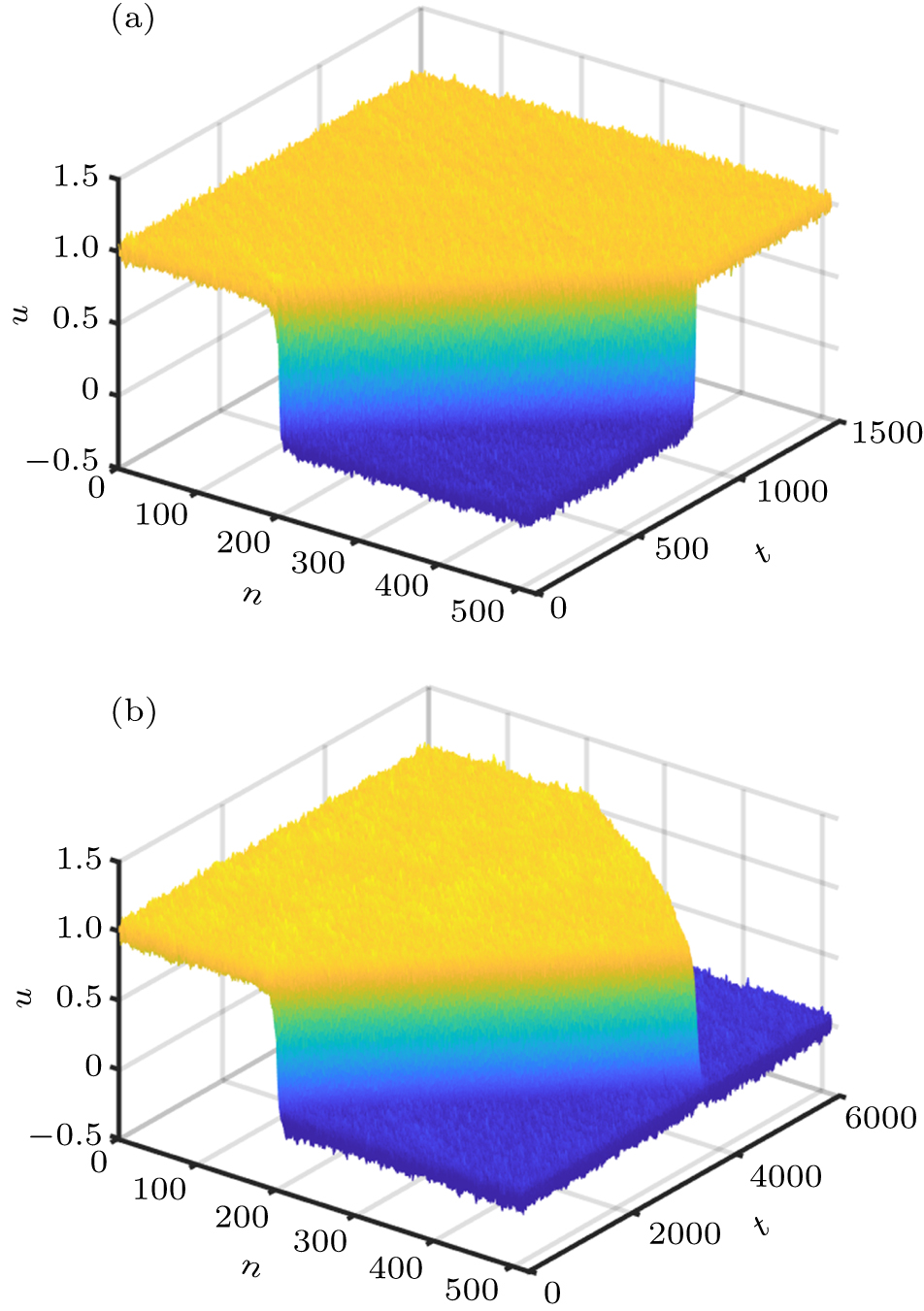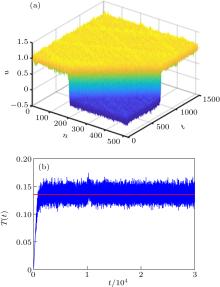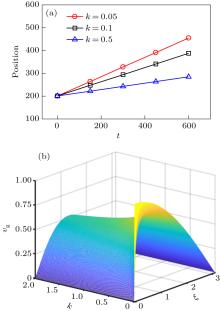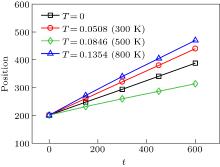中国物理B ›› 2020, Vol. 29 ›› Issue (11): 110501-.doi: 10.1088/1674-1056/abaed4
Baiyili Liu(刘白伊郦)1, Shaoqiang Tang(唐少强)2,†( )
)
Non-equilibrium atomic simulation for Frenkel–Kontorova model with moving dislocation at finite temperature
Baiyili Liu(刘白伊郦)1 and Shaoqiang Tang(唐少强)2, †
- 1 School of Physics and Electronic Engineering, Centre for Computational Sciences, Sichuan Normal University, Chengdu 610066, China
2 HEDPS and LTCS, College of Engineering, Peking University, Beijing 100871, China


